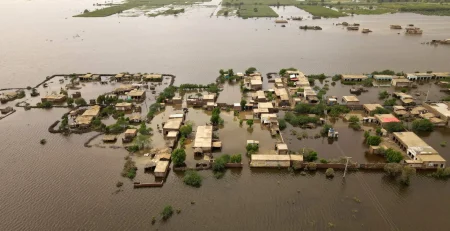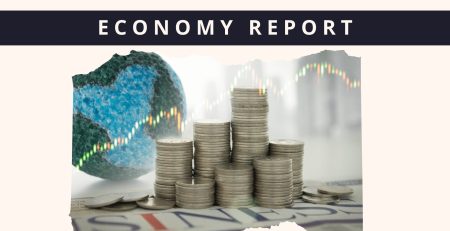Pakistan’s Cotton Industry: Current State and Challenges
Cotton’s Role in Pakistan’s Economy
Cotton, often referred to as “white gold,” plays a crucial role in Pakistan’s economy. It is the country’s second major crop, contributing approximately 0.3% to the GDP. Pakistan is the 5th largest producer and the 4th largest exporter of cotton yarn globally.
Cotton Yarn Exports See Significant Growth
In the first ten months of the fiscal year 2024 (10MFY24), Pakistan’s cotton yarn exports reached US$0.85 billion, a 33% increase from US$0.64 billion in the same period the previous year (10MFY23). This growth is driven by increased demand from China. In volumetric terms, yarn exports rose by 61%, and yarn prices increased by about 18% during this period.
📢 Announcement: We're on WhatsApp – Join Us There!
| Metric | 10MFY23 | 10MFY24 | Growth |
|---|---|---|---|
| Cotton Yarn Exports | US$0.64 billion | US$0.85 billion | 33% |
| Yarn Export Volume | – | +61% | – |
| Yarn Prices | – | +18% | – |
Despite this, Pakistan’s total textile exports slightly decreased to US$13.68 billion in 10MFY24 from US$13.71 billion in 10MFY23. This decline is attributed to lower product prices, even though the volume of exports increased.
Government’s Cotton Production Targets
For the upcoming marketing year (MY25), the government has set a cotton production target of 10.8 million bales and a sowing target of approximately 2.3 million hectares. In MY24, Punjab produced 4.28 million bales, and Sindh produced 4.11 million bales. Despite Sindh sowing less area, its healthy yield resulted in similar production volumes to Punjab.
| Region | Production (MY24) | Area Sown (MY24) | Yield (kg/ha) |
|---|---|---|---|
| Punjab | 4.28 million bales | 1.68 million ha | 433 |
| Sindh | 4.11 million bales | 0.61 million ha | 1,147 |
Challenges Facing the Textile Industry
The textile industry in Pakistan faces several challenges, including rising energy prices and high borrowing costs. The borrowing rate is around 21%, and gas prices have doubled, impacting the profitability of local manufacturers.
Cotton prices in April 2024 were about US$74.7 per maund internationally and US$75.3 per maund locally. Despite rising cotton prices, local yarn prices did not follow this trend due to subdued demand from China, resulting in lower margins for spinners and a liquidity crisis.
Energy Costs and Regional Competitiveness
Pakistan’s textile sector is burdened with high electricity costs, paying 15.4 cents/kWh, which is expected to increase by 2 cents/kWh in July 2024. In contrast, Bangladesh pays 8.6 cents/kWh, India 6 cents/kWh, and Vietnam 7.2 cents/kWh. This makes Pakistan’s industry regionally uncompetitive and leads to mill closures.
| Country | Electricity Cost (cents/kWh) |
|---|---|
| Pakistan | 15.4 |
| Bangladesh | 8.6 |
| India | 6.0 |
| Vietnam | 7.2 |
Impact of the Red Sea Crisis
The Red Sea crisis has increased global freight charges significantly. Freight costs have risen from US$250 per container to US$750 per container as many cargoes avoid the Red Sea route, opting for a longer route around Africa. This detour adds about 15,000 miles, delays delivery by 10 days, and increases fuel costs by 40%.
Cotton Production and Pricing Outlook
For MY24, domestic cotton arrivals were 8.4 million bales, a 71% increase from the previous year due to a low base effect from flash floods. Punjab’s production failed to meet the government target of 8.36 million bales, despite having double the sown area compared to Sindh.
Going forward, cotton production may decline due to unexpected weather conditions and rising input costs. Local cotton prices are expected to be lower than international prices due to higher inventory costs and mill closures. The sector’s heavy reliance on borrowings means that any anticipated interest rate cuts in the first half of FY25 might offer some relief.
Disclaimer:
The information in this article is based on research by Insight Research. All efforts have been made to ensure the data represented in this article is as per the research report. This report should not be considered investment advice. Readers are encouraged to consult a qualified financial advisor before making any investment decisions.
⚠️ This post reflects the author’s personal opinion and is for informational purposes only. It does not constitute financial advice. Investing involves risk and should be done independently. Read full disclaimer →










Leave a Reply